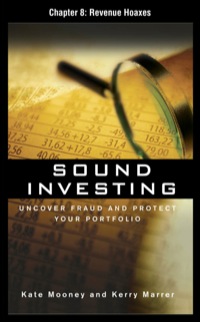Question
Westminster Wool manufactures wool cloth for making quality winter coats. The yarn is woven into cloth in the Weaving Department. The completed cloth, which is
Westminster Wool manufactures wool cloth for making quality winter coats. The yarn is woven into cloth in the Weaving Department. The completed cloth, which is measured in metres, is then sent to the Cutting Department where the cloth is cut into pieces to be sewn and tailored into coats. The information for the Weaving Department for July is as follows:
Beginning work-in-process 20,000 metres
Metres started 40,000 metres
Metres completed 50,000 metres
Cost of beginning work-in-process:
Direct materials $29,000
Conversion costs $2,720
Direct materials added during month $60,800
Conversion costs added during the month $36,400
Beginning work-in-process was 20 percent complete as to conversion. Direct materials are added at the beginning of the process. All conversion costs are incurred evenly throughout the process. Ending work-in-process was 60 percent complete.
Required:
- Using the first-in, first-out (FIFO) method determine the assignment of costs to metres transferred-out to the Cutting Department and ending inventory for the Weaving Department for the month of July. Use the form on the next page of this exam. (10 marks)
- The controller of Westminster Wool is concerned about the accuracy of cost allocation in the Weaving department. The First in First out costing method has been used to allocate costs to the fabric for the last 15 years. However, she is concerned about being able to follow any fluctuations in the cost of yarn that is being purchased to make the cloth.
Provide the controller with your recommendation. Include appropriate calculations to back up your recommendation.
| STEP 1: Units to be accounted for: | Quantity Schedule | Production report | |
| Work in process, beginning |
| ||
| Started into production |
| ||
| Total units |
| ||
|
|
| Equivalent units | |
| Units accounted for: |
| Ingredients | Conversion |
|
|
|
|
|
|
|
|
|
|
|
|
|
|
|
|
|
|
|
|
| STEP 2: Cost to be accounted for: | Total Prod. Costs | Total costs | |
| Ingredients | Conversion | ||
|
|
|
|
|
|
|
|
|
|
|
|
|
|
|
|
|
|
|
|
| Total cost (a) |
|
|
|
|
|
|
|
|
| Equivalent units of production (b) (Step 1 above) |
|
|
|
| Cost per equivalent unit (a / b) |
|
|
|
| STEP 3: Cost Reconciliation |
| Equivalent units | |
| Ingredients | Conversion | ||
|
|
|
|
|
|
|
|
|
|
|
|
|
|
|
|
|
|
|
|
| Total cost of goods completed |
|
|
|
|
|
|
|
|
|
|
|
|
|
| Total ending work in process |
|
|
|
| Total cost |
|
|
|
Step by Step Solution
There are 3 Steps involved in it
Step: 1

Get Instant Access to Expert-Tailored Solutions
See step-by-step solutions with expert insights and AI powered tools for academic success
Step: 2

Step: 3

Ace Your Homework with AI
Get the answers you need in no time with our AI-driven, step-by-step assistance
Get Started


